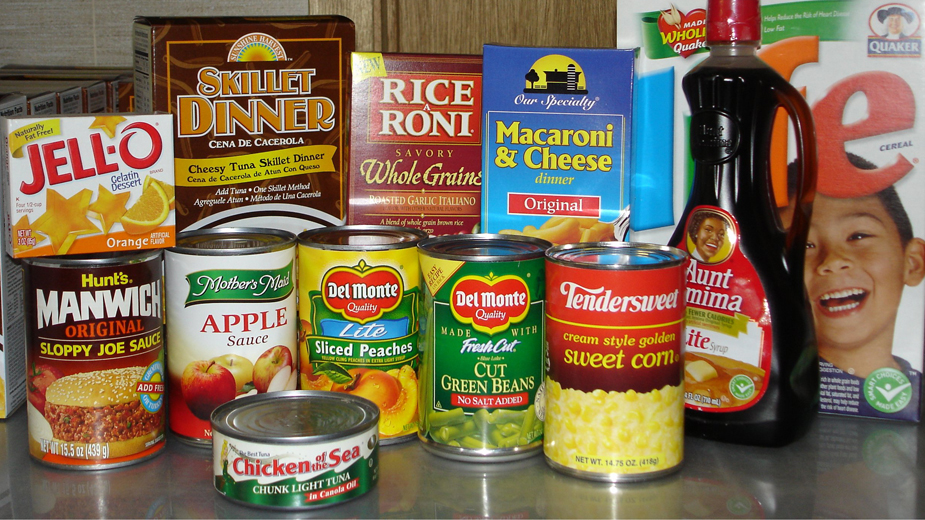Study Shows 8.9% of Ohio Seniors Are ‘Food Insecure’
YOUNGSTOWN, Ohio – Second Harvest Food Bank of the Mahoning Valley reports 8.9% of seniors age 60 or older in Ohio were food insecure in 2015. Nationally, 5.4 million seniors (8.1%) were food insecure. Food insecurity refers to the lack of access to enough nutritious food.
The State of Senior Hunger in America in 2015 is a study about food insecurity among seniors in the U.S. produced by Feeding America and the National Foundation to End Senior Hunger.
“Seniors in the Mahoning Valley are having to make tough choices every day,” said Michael Iberis, executive director, Second Harvest Food Bank. “Each week, food bank member agencies and programs are filling nearly 1,800 requests for food assistance from senior citizens right here in our community.”
Nationally, the 8.1% of seniors who are food insecure represents a slight decrease over the prior year, and the first decline since 2009. Still, the rate and number of seniors affected remains well above pre-recession levels. In 2007 when the recession was just beginning, 3.2 million seniors or 6.3% were food insecure, which is 2.2 million fewer than the most recently reported total. These findings are further evidence that the benefits of the improved economy are not being enjoyed by all.
Second Harvest food Bank is one of 200 food banks in the Feeding America network that collectively provides food assistance to 46 million Americans struggling with hunger. Twenty percent of the people served by the Food Bank’s 148 partner hunger-relief agencies are seniors.
“The number of seniors facing hunger in this country remains unacceptably high. After lifetimes of hard work many of America’s seniors are put in the terrible position of having to choose between groceries and medical care,” said Feeding America CEO Diana Aviv.
This latest report documents the characteristics of seniors who struggle to meet their nutritional needs. Specifically, in 2015, researchers found:
- Seniors who are racial or ethnic minorities, low-income, and younger (age 60-69) were most likely to be affected by some level of food insecurity.
- Seniors who reported a disability were disproportionately affected, with 25% reporting food insecurity and an additional 13% reporting marginal food security.
- Senior food insecurity rates vary by state, ranging from 2.9% in North Dakota to 15.6% in Louisiana. Ohio, with 8.9% of seniors food insecure, is on the middle end of that range.
- Food insecurity adversely affects a person’s health, and the implications can be particularly problematic for seniors. Food-insecure seniors consume fewer calories and lower quantities of key nutrients and are more likely to experience negative health conditions, including depression, asthma, and chest pain.
A summary of the report is available here.
SOURCE: Second Harvest Food Bank.
Copyright 2024 The Business Journal, Youngstown, Ohio.



